Category Archives for "Conscious Living"
Meaning of Conscious Living
Meaning of Conscious Living
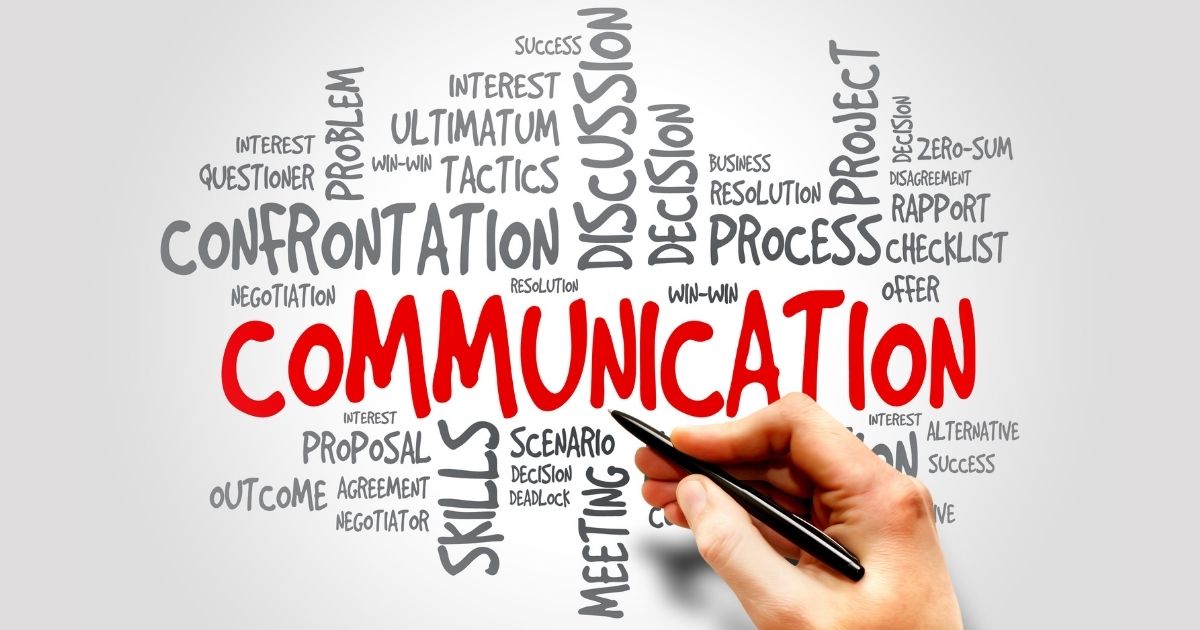
Just imagine money as a partner for life.
In order to build the best relationship with it, learning to “communicate” with it can be helpful. Ultimately, we are able to receive a better response from our partner. Conversely, when we are not in sync, our ability to relate to each other goes down.
After reviewing what I had learned from my 20 years of marriage, I came up with 5 ways on how best to cultivate communication in a couple relationship. When I put the 5 ways together, I found out that it fitted nicely with a SPARK acronym 🙂
On a wave of inspiration, I extended its application to working with our relationship with money.

Update: I continue to get the same question on how to create a personal energy shield for protection, even though I posted the answer in this article (read below) years ago. Well, I have decided to update it with a Bonus Energy Shield tip#5 and a video.
Why is it important to create a personal energy shield for protection? You’d want to create one if you find yourself constantly drained or have the tendency to be sensitive to energy interferences.
I was prompted to write this article after posting 70 Ways for Self Care. In response to tip #57, Lei – a reader to the article – had asked in the blog comments how she could create one as she has found herself surrounded by toxic people. Well,, I’d like to respond to her question in two parts; one specifically on how to create a personal energy shield for protection and the other, on how to handle toxic relationships in another article.
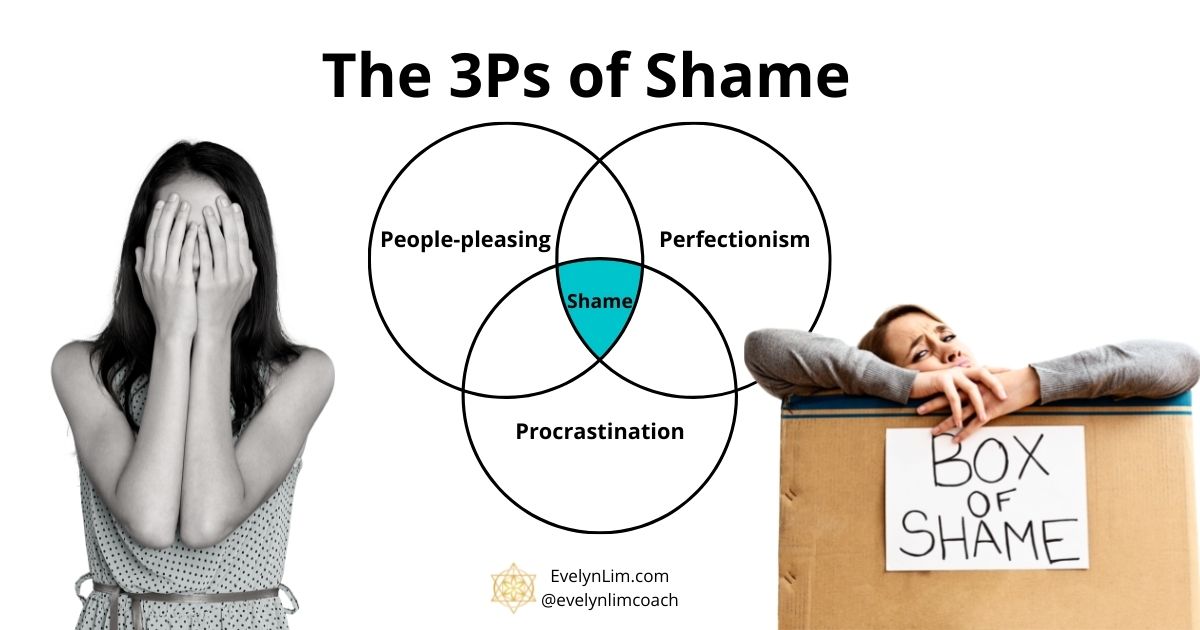
The 3Ps of Shame can be found in People-pleasing, Perfectionism and Procrastination.
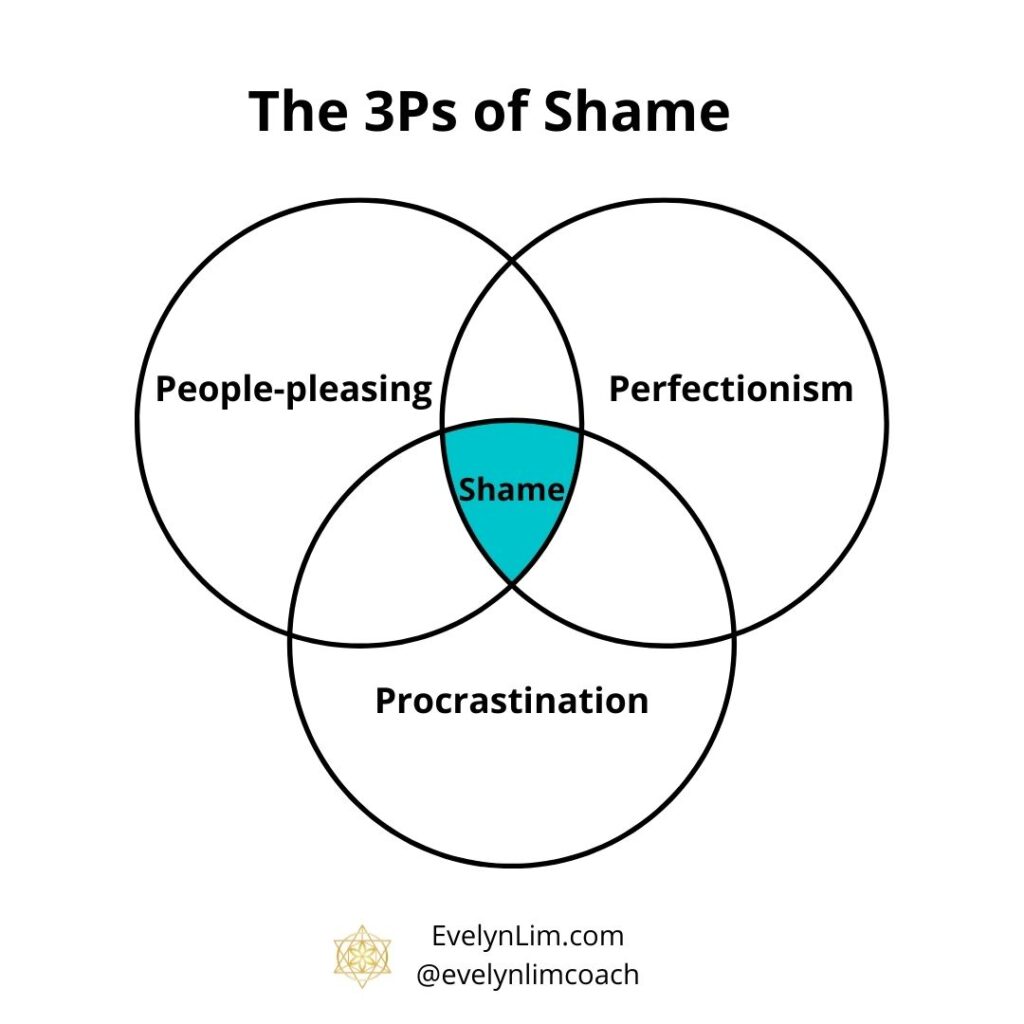
People-pleasing – refers to seeking approval from others and pleasing others in their needs and wants and often at the sacrifice of our own.
Perfectionism – the need to be perfect in the way we are, do or have and the refusal to accept flaws, imperfection or mistakes.
Procrastination – refers to the constant postponement of activities & employing distraction tactics, so that we can hide from our shame.

I’ve enjoyed reading Reconciliation: Healing the Inner Child by Zen Master Thich Nhat Hanh and thought I’d honour his recent passing by sharing what I’ve learnt about applying mindfulness for healing the inner child.
“The energy of mindfulness is the salve that will recognize and heal the child within.” Thich Nhat Hanh
In Buddhist psychology, there are two parts to consciousness, the mind consciousness and the store consciousness. Mind consciousness is our active awareness for everyday living while store consciousness is often referred to as the “unconscious mind” where our past experiences are stored. In some situations, we go through life without engaging our mind consciousness. For example, when we drive without actively thinking, we are using our store consciousness.
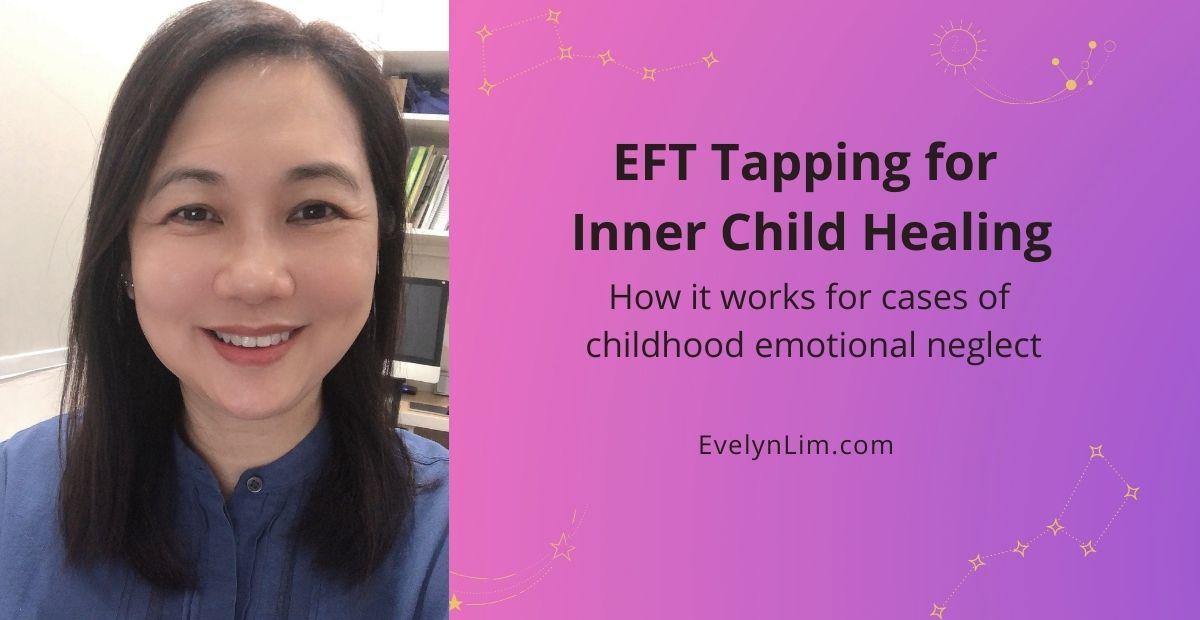
EFT tapping for inner child healing involves using our fingertips to tap on specific meridian points on the face and body for addressing childhood wounds. As our physical reactions today could be tied to issues that stem from childhood, applying EFT is effective because unhealed emotions can get trapped and the body keeps the score. Even though the past is long gone, it is possible to heal in the now by applying tapping.
Download this resource page on EFT Tapping for Your Inner Child.
Women often approach me for help to deal with their stress. Their stress can be anything from dealing with a money or work-related challenge, relationship problems, not feeling “good enough”, low self-love to anxiety issues. They would have been holding on to anger, worry, insecurity and frustration for a long time before asking for help. (Understandably, most of us face resistance with getting assistance.)
Some would share about experiencing the same repetitive themes of abandonment and rejection in their lives. Thus, when we get together in a session, we usually begin by patiently peeling off the layers to determine the root cause of their issues. Invariably, we would find out that these issues stem from their past – primarily in childhood. As a result, we are led to working on healing their inner child.
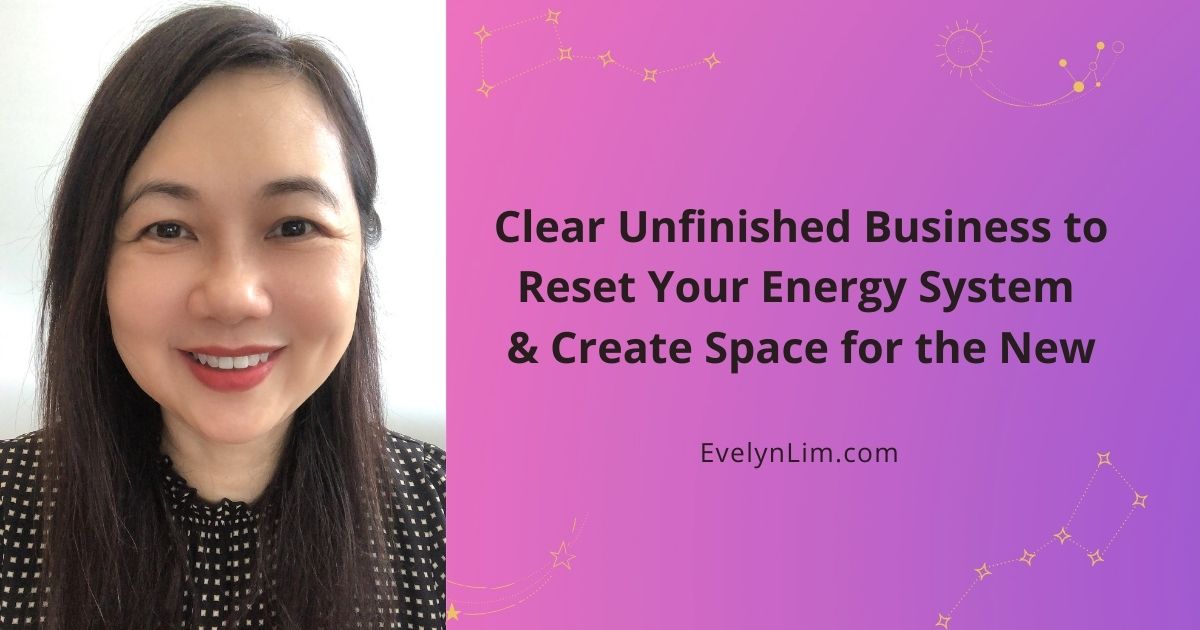
When we clear unfinished business, we are better able to reset our energy system or even rebooting it – so that we can invite in new possibilities.
Clearing unfinished business involves letting go of old attachments, meeting unfulfilled promises, and honouring what we said that we would do. We work on clearing unfinished business because these outstanding items can create a drag in our energy system and can potentially be a stopper for starting things on a clean slate.
In terms of agreements, these could be contractual ones that we have made with an external body; such as getting into a housing loan agreement. Or they could be simply promises that we have made to our loved ones and even ourselves. Examples include
It’s easy to forget the “smaller” promises that we have made but over time, these could add up and weigh on us. We repel abundance when we consistently don’t honour what we said we would do. Our promises don’t count if we have no intention of following through.
Unfinished business also can include grievances, hurts and conflicts that have been left unresolved. These create emotional debris. Even though we may not be conscious of them all the time, they take up space in our energetic system.
There are benefits to clearing up unfinished business as quickly as possible. We wouldn’t want to wait till we are on our deathbed to recall the promises that we’ve not yet kept. It certainly doesn’t serve us to hold on to any outstanding item year after year.
Here are some reflection questions for you…
Once you’ve created a list, prioritise the items according to how much lighter and freer you are going to feel as a result of clearing it. Create an action plan for working through the list and also specifying dates and timelines. Check off your list as you complete the items.
Clearing unfinished business is one of the modules in my course on Changing Your Relationship with Money. Alternatively, apply for a discovery call if you need personal help to work on clearing unfinished business.
Create more energetic space to invite in the new!
Love and abundance always,
Evelyn
Abundance Coach for Women Solopreneurs
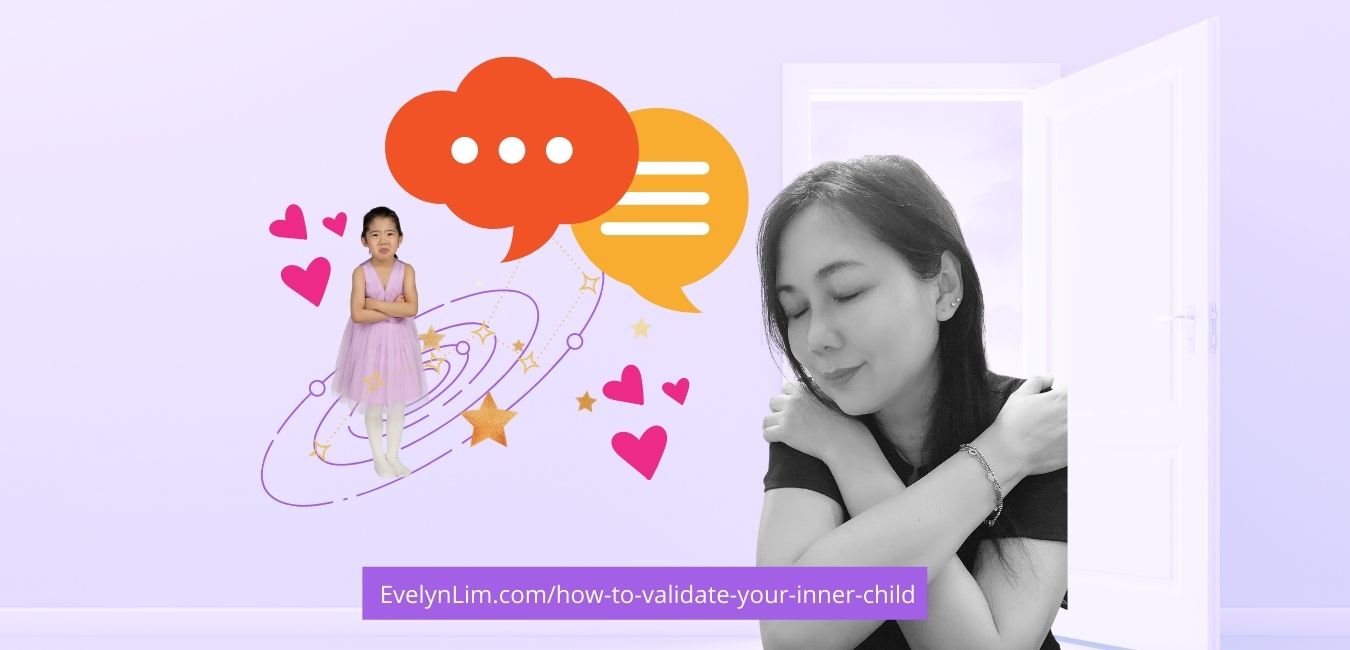
Validating our inner child is one of the best things we can do, especially if she (he) has suffered from emotional neglect for the longest time. When we validate her feelings, it aids in her healing and recovery. Her unresolved needs of not being listened to are now being met. Ultimately, it boosts our emotional well-being from the inside-out.
Let’s understand more about what validation is about. In general, when we validate someone, we are showing that we acknowledge his or her emotional experience. The opposite is true of invalidation when we ignore, reject or judge the other person.
Validation doesn’t mean that we have to agree with the reactions or choices of others. We are simply saying that we can understand why they would feel a certain way based on what happened. Also, we are demonstrating acceptance of who they are – regardless of how they feel or think.
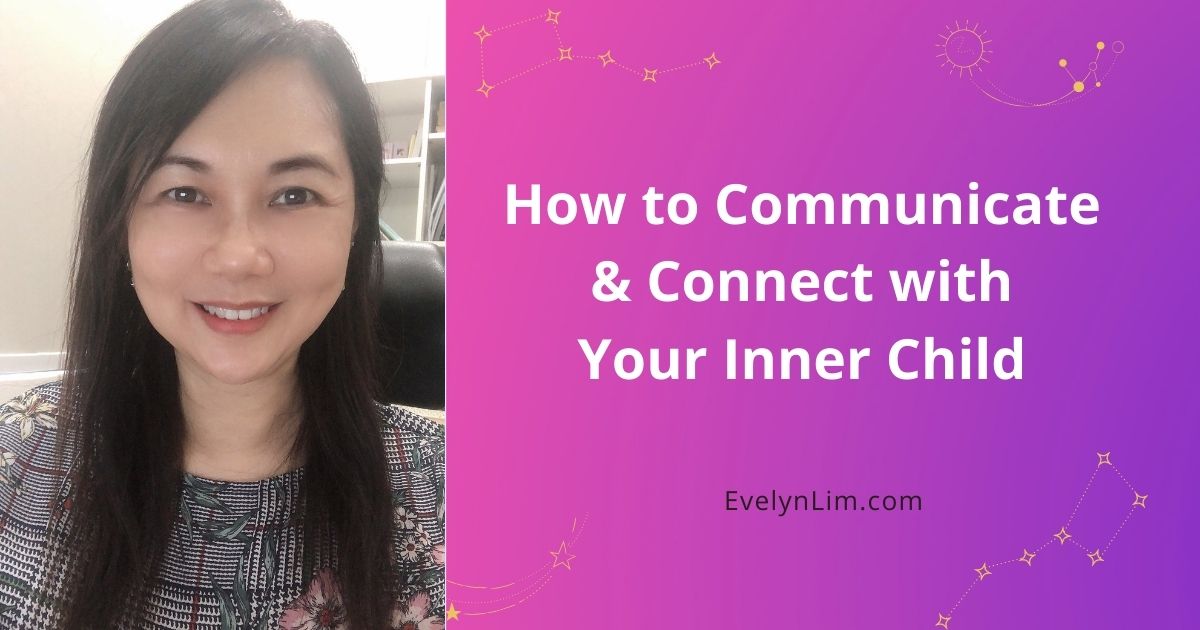
When connecting with our inner child for the first time, we may feel at a loss about what to say or what to do. It’s possible that we feel weird because it is as if we are talking to ourselves. After all, our inner child exists in the mind and no one else can see her (or him) but us. Also, what words can we use to support healing?
According to psychologists, our inner child is described as the hidden part of our personality that is characterised by playfulness, spontaneity, and creativity usually accompanied by anger, hurt, and fear attributable to childhood experiences.
Through our mind’s eye, we connect with our inner self from tracing back to our earliest memory on when we felt the same (negative) way. We get a sense of how old our younger self was and the situation she was in. She may be our 3-year old, 6 year-old or whatever age and she is holding on to hurt, anger, helplessness or any unresolved need. It is when we (our adult self) enter the memory to meet her.
Next, we may encounter the situation of not knowing what to say to her. We have grown in chronological age but we could have left her behind. In fact, I’ve observed how emotional it can be when we do inner child work for the first time. It was that way for me too. The great news is that once we start healing, we gain a sense of well-being like never before.
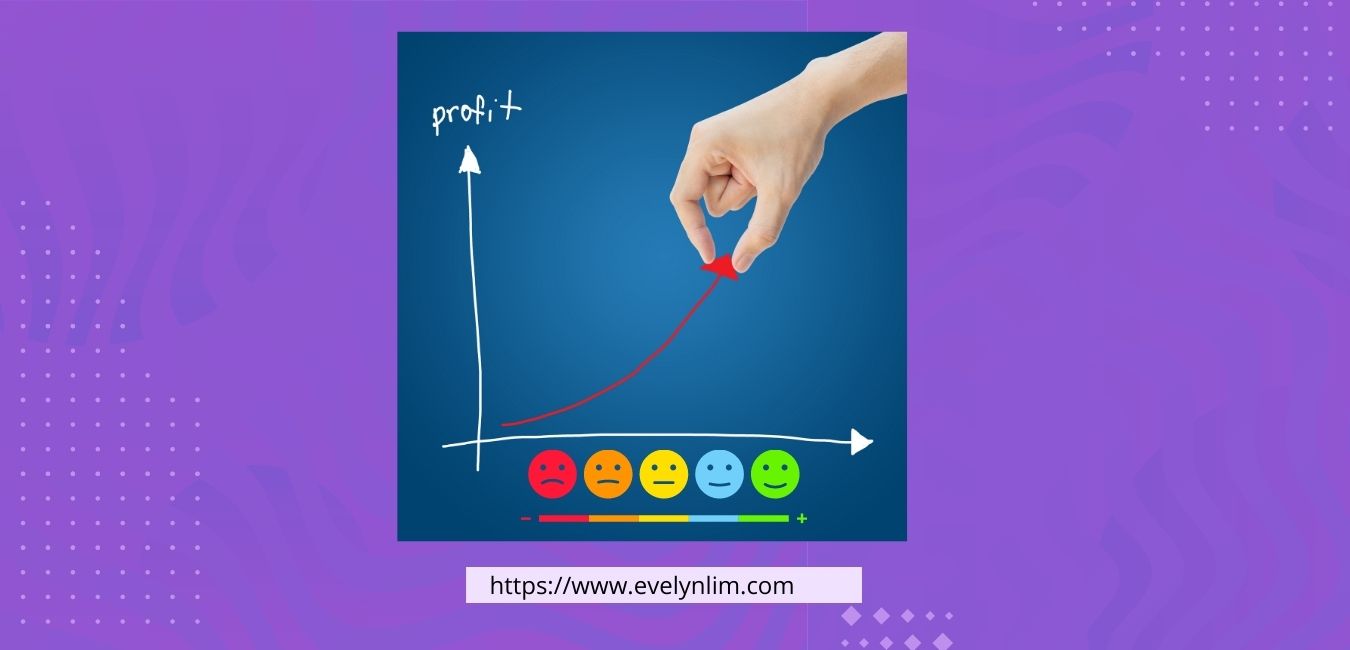
I was helping a client (let’s call her Nellie, not her real name) clarify the ideal client that she’d like to work with, when we discovered that she was having some limiting money blocks about people who are wealthy.
Nellie’s line of work requires her to service the needs of wealthy individuals or at least people with excess funds. If she releases her subconscious blocks, client attraction can potentially happen with greater ease. It will certainly help Nellie to have more clients as the extra income that she gets can go a long way to supporting her family with two young kids. Since her beliefs could be in the way for client attraction and business sales, we proceeded to work on releasing the limiting money blocks.
When I asked Nellie what some of her discomfort was reminding her of, she recalled two childhood incidents when she was 11 years old that had left her feeling lousy, disgusted and ashamed.
Continue reading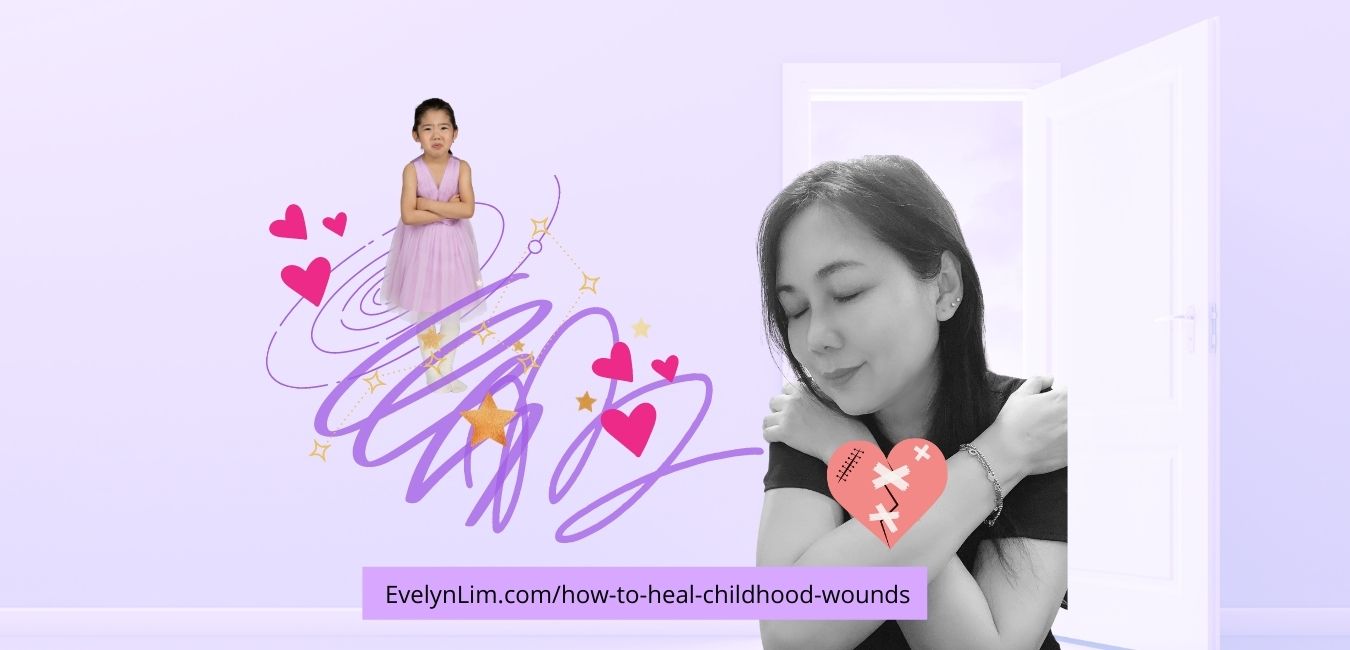
A childhood wound is an emotional pain or a negative belief that a part of us internalised due to a traumatic past event or the relationship we had with our parents or caregivers when we were young.
As I have discovered, unresolved childhood wounds can adversely affect the quality of life in our adult years. Indeed, they have an impact on our personalities, beliefs, career choices, and relationships. We can also be passing on our childhood wounds to the future generations.
Our wounded child is acting up if we often find ourselves in self-sabotage, making poor choices or having over-the-top reactions to triggers. She or he is crying for attention of unhealed emotions. If we choose to ignore our wounded child, we can be stuck for years.